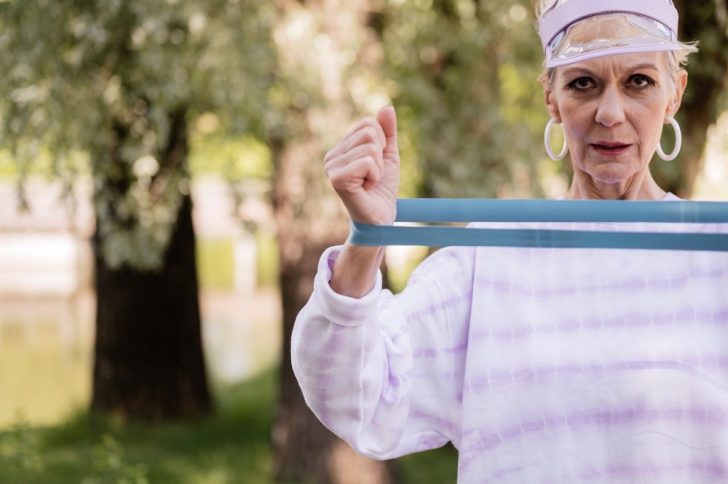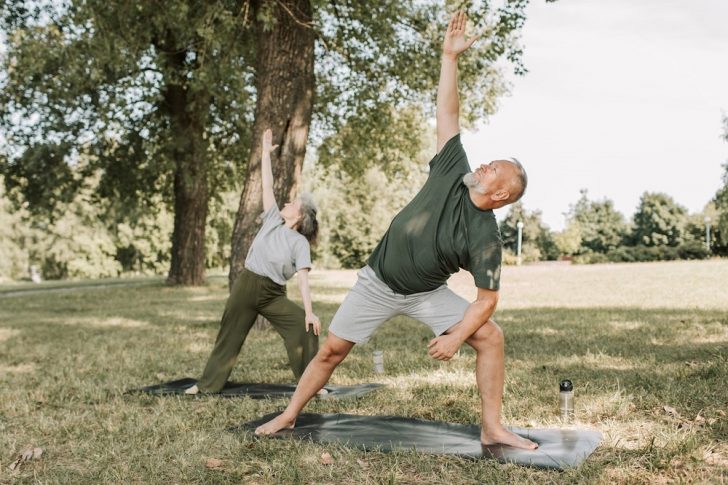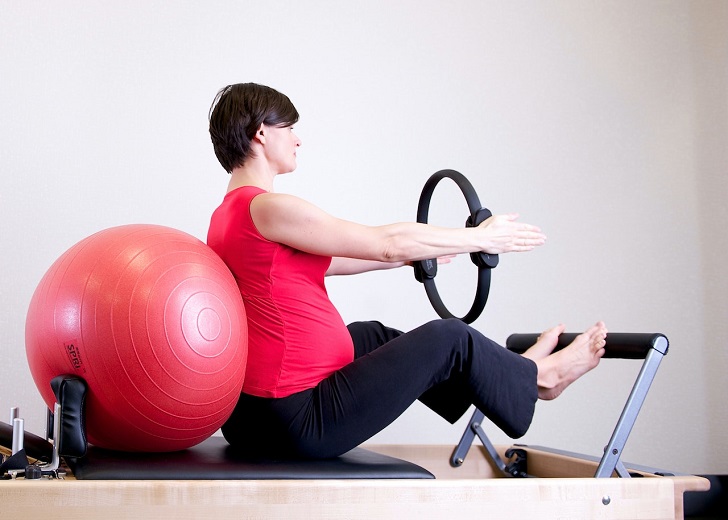Embarking on a fitness journey is a timeless endeavor with numerous physical and mental benefits. As women gracefully move through different decades of life, their bodies and needs evolve. To cater to these changing requirements, here’s a comprehensive guide to workout tips tailored for women in their 30s, 40s, 50s, and 60s.
Embrace Your 30s: Building a Strong Foundation

SHVETS production/ Pexels | Don’t stop until you’re proud
Your 30s are a pivotal time to lay the groundwork for a healthy lifestyle that will carry you through the years. Here are some workout tips to consider:
- Variety Matters: Engage in cardio, strength training, and flexibility exercises. This balanced approach burns calories and enhances muscle tone and overall fitness.
- Strength Training: Incorporate resistance exercises to maintain lean muscle mass and prevent a natural decline in metabolism. Compound movements like squats, lunges, and push-ups are excellent choices.
- HIIT Workouts: High-Intensity Interval Training (HIIT) sessions are time-efficient and boost metabolism. These quick bursts of intense exercise followed by short rests can be customized to your fitness level.
- Prioritize Recovery: Ensure you sleep enough and consider incorporating yoga or Pilates to improve flexibility and reduce stress.
Navigating Your 40s: Balancing Hormones and Health

Vlada Karpovich/ Pexels | Exercise is a celebration of what your body can do,
As your body experiences hormonal shifts, maintaining an active lifestyle becomes even more crucial. Here’s how to stay on track:
- Mindful Cardio: While cardio remains essential, focus on low-impact options like brisk walking, swimming, or cycling to protect your joints.
- Strength Training Continues: Continue strength training, but pay attention to proper form and gradually increase weights. This promotes bone health and prevents muscle loss.
- Core Work: Incorporate core-strengthening exercises to support your spine and maintain good posture. Planks, bridges, and stability ball exercises are excellent choices.
- Stretching and Flexibility: Regular stretching sessions become paramount to maintain joint mobility and counteract muscle stiffness.
Thriving in Your 50s: Prioritizing Longevity

Jessica Monte/ Pexels | The only bad workout is the one that didn’t happen
Entering your 50s doesn’t mean slowing down; it’s an opportunity to focus on longevity and overall well-being:
- Cardio with Care: Continue cardiovascular workouts, but opt for low-impact activities like elliptical training or water aerobics to safeguard your joints.
- Strength Training and Bone Health: Resistance training remains crucial to counteract muscle and bone loss. Incorporate weight-bearing exercises like squats, lunges, and resistance bands.
- Balance and Stability: As balance becomes essential, consider yoga or Tai Chi to improve stability and reduce the risk of falls.
- Listen to Your Body: Pay attention to any signs of overexertion and prioritize recovery. Adequate rest and proper nutrition are key components of a sustainable fitness routine.
Embracing Your 60s: Staying Active and Vibrant
Your 60s mark a time to celebrate your accomplishments and stay vibrant through well-chosen workouts:
- Gentle Cardio: Continue with cardio activities like walking, swimming, or stationary biking. Always warm up and cool down to protect your heart and joints.
- Functional Strength: Focus on functional movements that enhance daily activities. Bodyweight exercises, resistance bands, and light weights can maintain muscle strength.
- Flexibility and Mobility: Regular stretching becomes even more important to maintain flexibility and ease joint stiffness.
- Low-Impact Activities: Explore options like water exercises, gentle yoga, and even dance classes tailored for seniors to promote physical and social well-being.
Key Takeaway: A Lifelong Commitment
Regardless of your age, staying active is a lifelong commitment that reaps rewards in countless ways. Customizing your workout routine to match your age and needs is pivotal for achieving long-term health and vitality. Consider a healthcare professional before starting any new exercise regimen, especially if you have any underlying health conditions. By nurturing your body through each stage of life, you’re investing in a brighter, healthier future.
